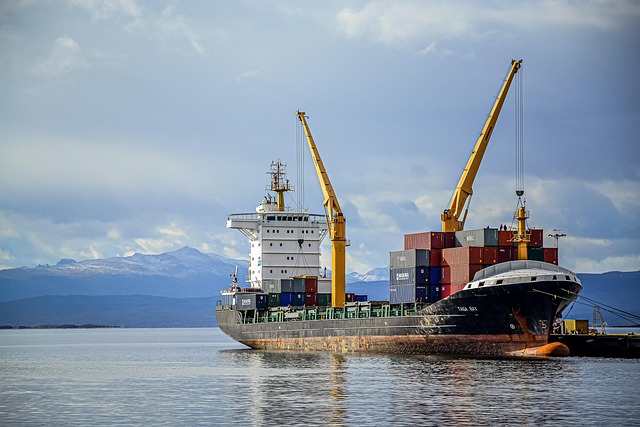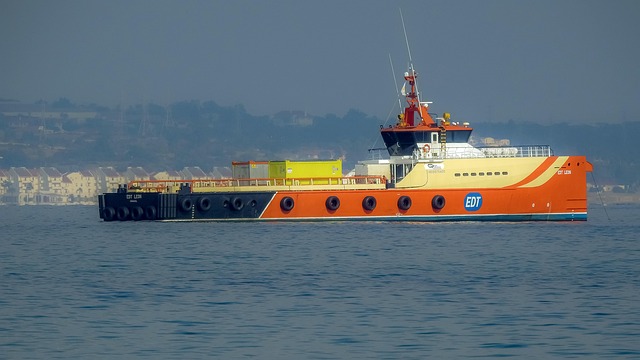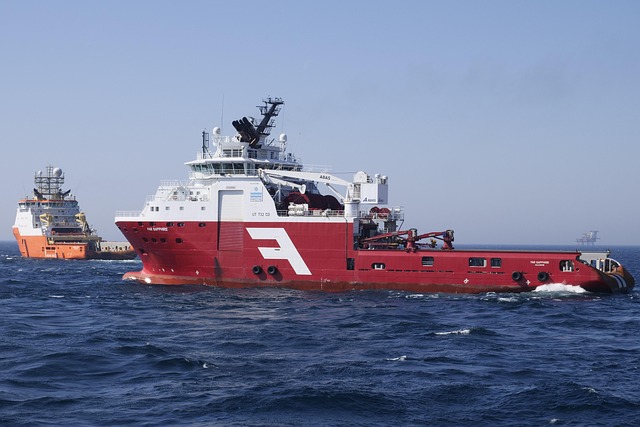Shipping containers have revolutionized global trade by offering a cost-effective, flexible, and secure solution for transporting goods via maritime, road, and rail transport. With various types and sizes (like 20ft and 40ft) optimized for different modes, these standardized ISO containers provide faster handling times, enhanced security, and lower costs compared to traditional cargo methods. Shippers can choose from leasing or renting options, leveraging flexibility without committing to ownership. By strategically selecting container size and optimizing loading, budget-conscious shippers maximize cost efficiency, safety, and long-term savings in shipping expenses.
“Looking for a cost-effective solution for your shipping needs? Discover the world of affordable shipping containers—a game-changer for budget-conscious shippers. This comprehensive guide uncovers the fundamentals of shipping containers, highlighting their numerous advantages in the logistics landscape.
We’ll explore how these versatile boxes optimize space and reduce costs, offering a unique approach to modern shipping. From size selection tips to expert utilization strategies, learn how to maximize efficiency without breaking the bank. Embrace the future of shipping with our insights into affordable containerization.”
- Understanding Shipping Containers: The Basics for Budget Shippers
- Advantages of Using Affordable Shipping Containers
- Choosing the Right Size: Optimizing Space and Cost Efficiency
- Tips for Effective Shipping Container Utilization and Cost Savings
Understanding Shipping Containers: The Basics for Budget Shippers

Shipping containers have revolutionized global trade and logistics, offering a cost-effective and versatile solution for transporting goods across borders. For budget-conscious shippers, understanding the basics of shipping containers is essential to making informed decisions. A shipping container, often referred to as an intermodal container or ISO container, is a standardized, reusable, and durable structure designed to facilitate efficient movement of cargo. These containers come in various types and dimensions, each optimized for specific shipping needs—from sea containers used for maritime transport to freight containers ideal for road and rail travel.
The versatility lies in their ability to be loaded, unloaded, and transported easily using specialized cranes and forklifts. Container shipping offers numerous advantages, including reduced handling time, increased security, and lower costs compared to traditional cargo methods. Budget shippers can opt for container leasing or rental services, which provide flexibility and cost savings without the long-term commitment of ownership. With dimensions like 20ft and 40ft being the most common, shippers can choose based on their load capacity requirements.
Advantages of Using Affordable Shipping Containers

Using affordable shipping containers offers numerous advantages for budget-conscious shippers. Firstly, they provide a cost-effective solution for transporting goods over long distances, making them an attractive option for businesses looking to keep expenses low. Shipping containers are designed to be durable and weatherproof, ensuring that your cargo remains secure and undamaged during transit. This reduces the risk of damage and loss, which can significantly impact overall shipping costs.
Additionally, these containers facilitate efficient container shipping and container transport due to their standardized dimensions, such as the ISO container specifications. This standardization allows for seamless integration into intermodal systems, enabling smooth transitions between different modes of transport like sea containers, freight containers, and refrigerated containers. Container leasing and container rental services further add flexibility, allowing businesses to choose from a range of container types based on their specific needs, including storage containers, office containers, and high cube containers.
Choosing the Right Size: Optimizing Space and Cost Efficiency

Choosing the right size shipping container is key to maximizing space and cost efficiency for budget-conscious shippers. Before leasing or purchasing a freight container, consider your specific needs regarding capacity and dimensions. For instance, standard ISO containers come in various sizes, from 20ft to 40ft, with some variants like high cube containers offering extra headroom. Smaller containers are ideal for lightweight, bulk goods while larger ones accommodate heavier items or multiple smaller packages.
Opting for the right container size not only minimizes transport costs but also ensures optimal utilization of space at your depot or destination. For instance, a 20ft sea container is suitable for transporting smaller shipments or as a temporary storage solution, whereas a 40ft intermodal container is better suited for bulkier, larger items that require more room. Understanding these dimensions and capacities allows shippers to select the most economical option without compromising on functionality.
Tips for Effective Shipping Container Utilization and Cost Savings

Maximizing the use of shipping containers can lead to significant cost savings for budget-conscious shippers. One efficient strategy is to optimize loading and ensure every space is utilized, including vertical areas. Stacking cargo strategically within the container, utilizing palletized goods, and arranging smaller items in between larger ones can increase both capacity and efficiency. Additionally, careful consideration of container dimensions and capacity ensures that freight is packed snugly, reducing shifting during transport, which could lead to damage and additional costs.
Another cost-saving measure involves exploring various leasing or rental options for shipping containers. Many providers offer flexible terms, catering to different shipping needs. Renting a storage container for extended periods can be more economical than purchasing a new one, especially for businesses with fluctuating shipping demands. Moreover, utilizing specialized containers like refrigerated, high cube, or flat rack options tailored to specific cargo types can streamline the shipping process, reduce handling, and minimize damage, ultimately contributing to substantial long-term cost savings in container shipping.
For budget-conscious shippers, affordable shipping containers offer a cost-effective and flexible solution. By understanding the basics of shipping containers and their advantages, selecting the right size for specific needs, and implementing effective utilization strategies, businesses can achieve significant savings without compromising on quality or efficiency. Incorporating these insights into your shipping strategy will enable you to navigate the logistics landscape with confidence, ensuring a seamless and economical experience in today’s competitive market.
